The first international trip since the onset of the COVID-19 pandemic brought us to Bilbao, which offers many photographic opportunities and challenges. Of course there is the Guggenheim museum which photographers can best take advantage of for stunning images if they use a digital camera with an ultra-wide angle lens or a wide angle zoom.
But the point of going out with an analog B&W set up was different. I wanted to capture a somber mood in the streets of Bilbao in line with the weather (mostly rainy) in late April. Also, I had a new lens (the Voigtländer 35 mm f/1.4 Nokton Classic II MC) that I wanted to run through its street photography paces, and I had never shot Kodak Tri-X. I had heard and read a lot about this film, its history and its current reincarnation. Pushing it 2 stops to 1600 ISO supposedly would provide much more contrast (and grain) – and I would call this “grit” or “bite”. This promised to be just right for the stated purpose. Needless to say, being mostly a color photographer, this project pushed me a bit out of my comfort zone.
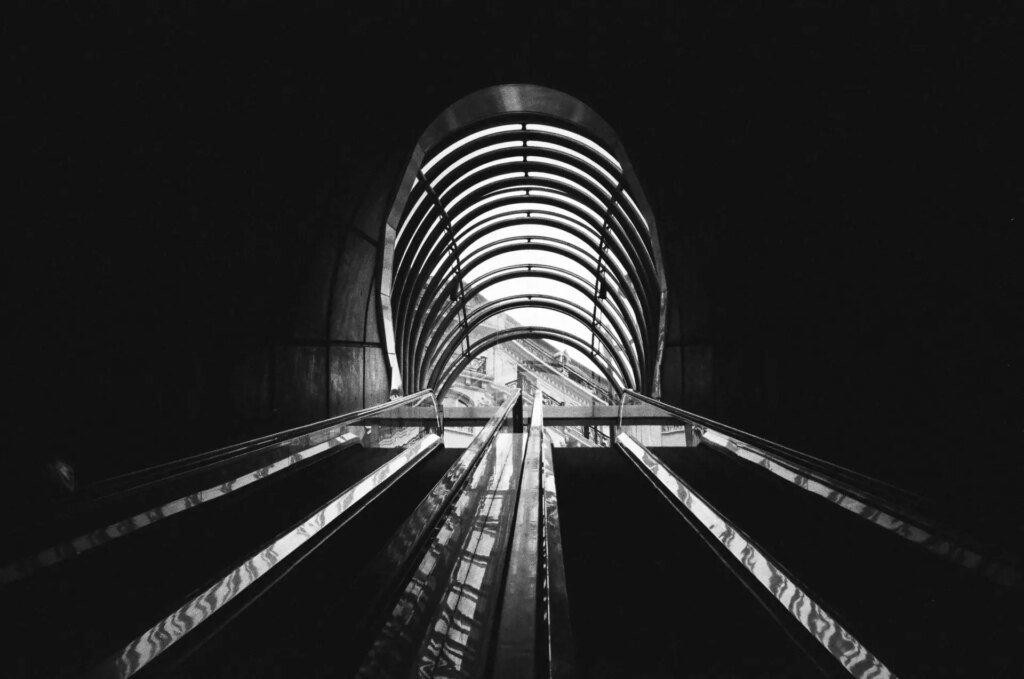
The Leica M4-2 is a wonderful purely mechanical veteran, a bit of an underdog in the Leica M film camera line-up (maybe even more so than the M5). It may be the best value you can currently get. No light meter, and the 35 mm frame lines being the widest. Estimating light in the dark streets using “sunny 16 rule” is a bit daunting. Fortunately, the Tri-X is very forgiving, and we live in the iPhone age, providing a free lightmeter app that did the trick in most situations.
Overall I had a lot of fun roaming the streets, and there were quite a few keepers on the role when developed (development and high quality scans by the The Darkroom) that captured the mood as intended.
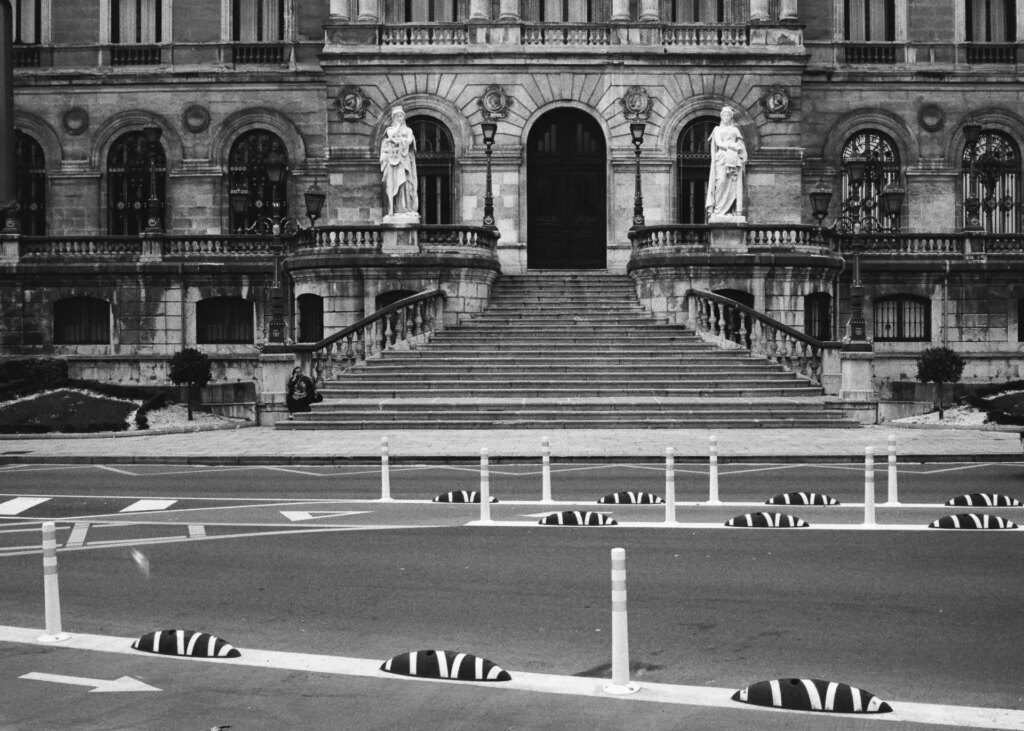
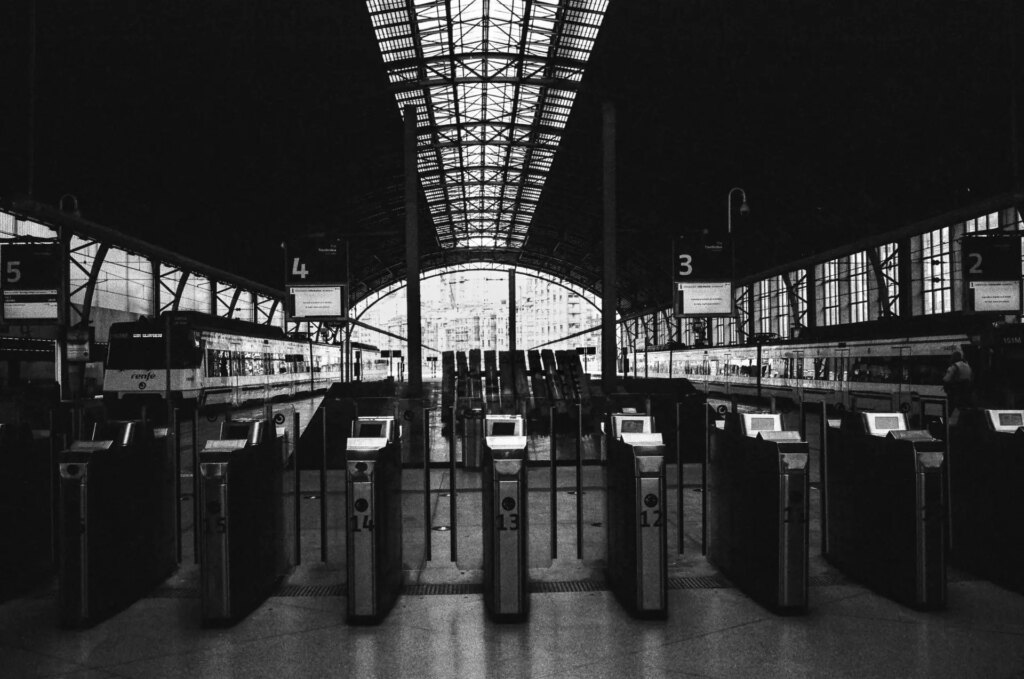
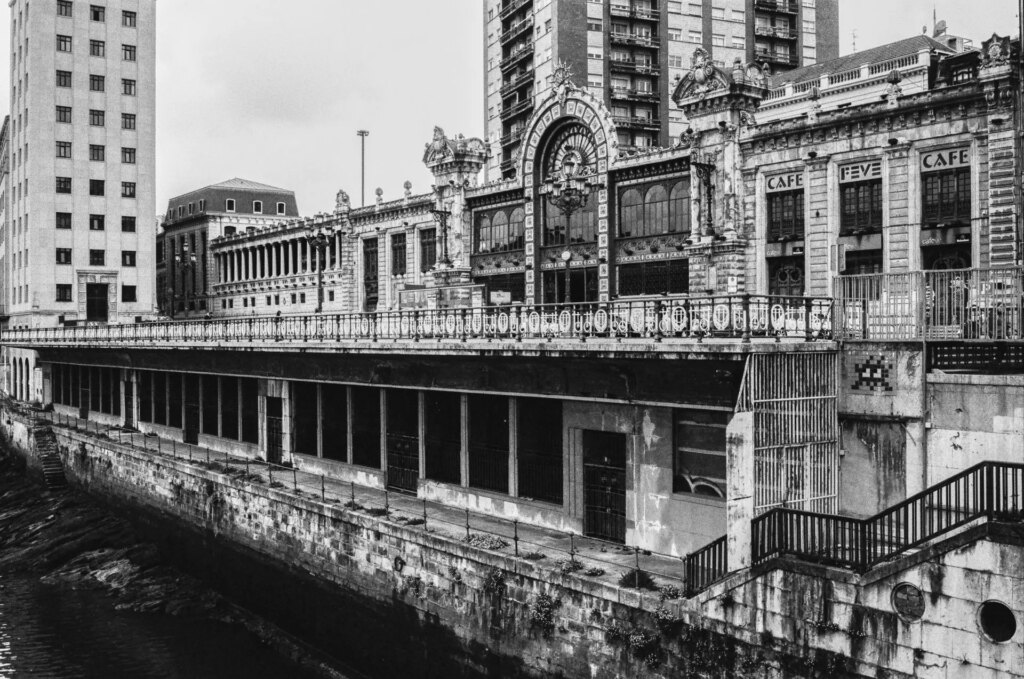
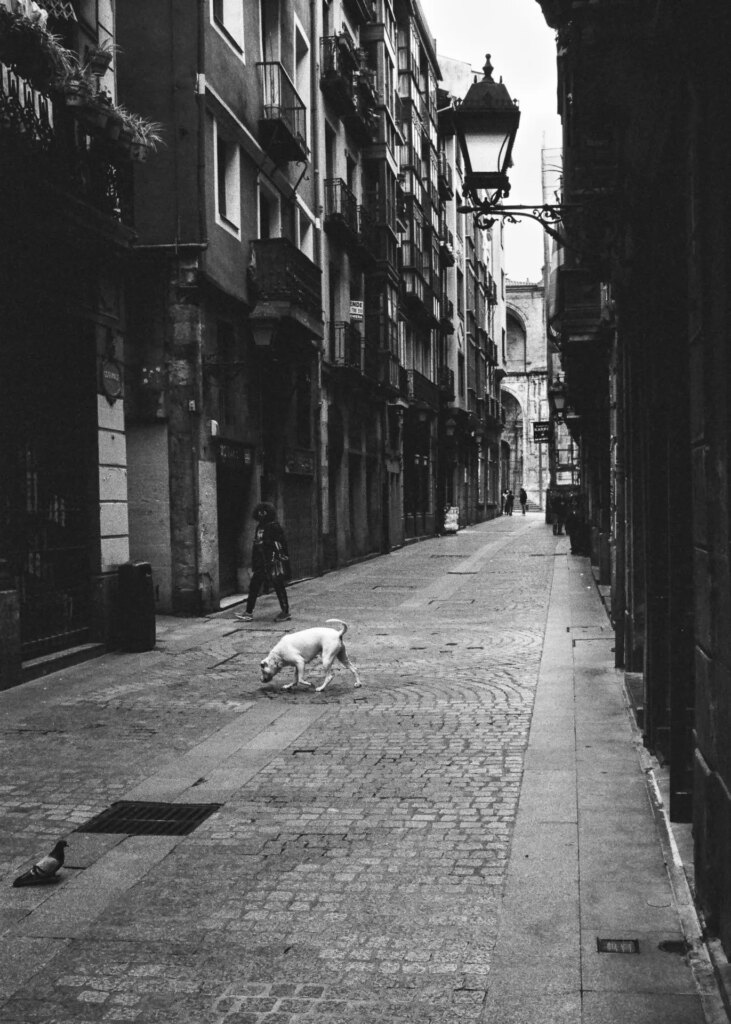
Overall, this camera and lens combination is great for street photography. 35 mm frame lines are the widest for this camera, maybe a limitation if you are a 28 mm shooter. Pushing Kodak Tri X (or 400TX as it is called now) gave me the desired contrast without the grain becoming anything close to being offensive. There may be room for more pushing.
Thanks for reading,
Ulrich Specks
If you want to see more of my Bilbao photos feel free to look at my Flickr Album from this trip:
https://www.flickr.com/photos/uspecks_photography/albums/72177720298912808
The link to my photography Flickr site is:
https://www.flickr.com/photos/uspecks_photography/
Share this post:
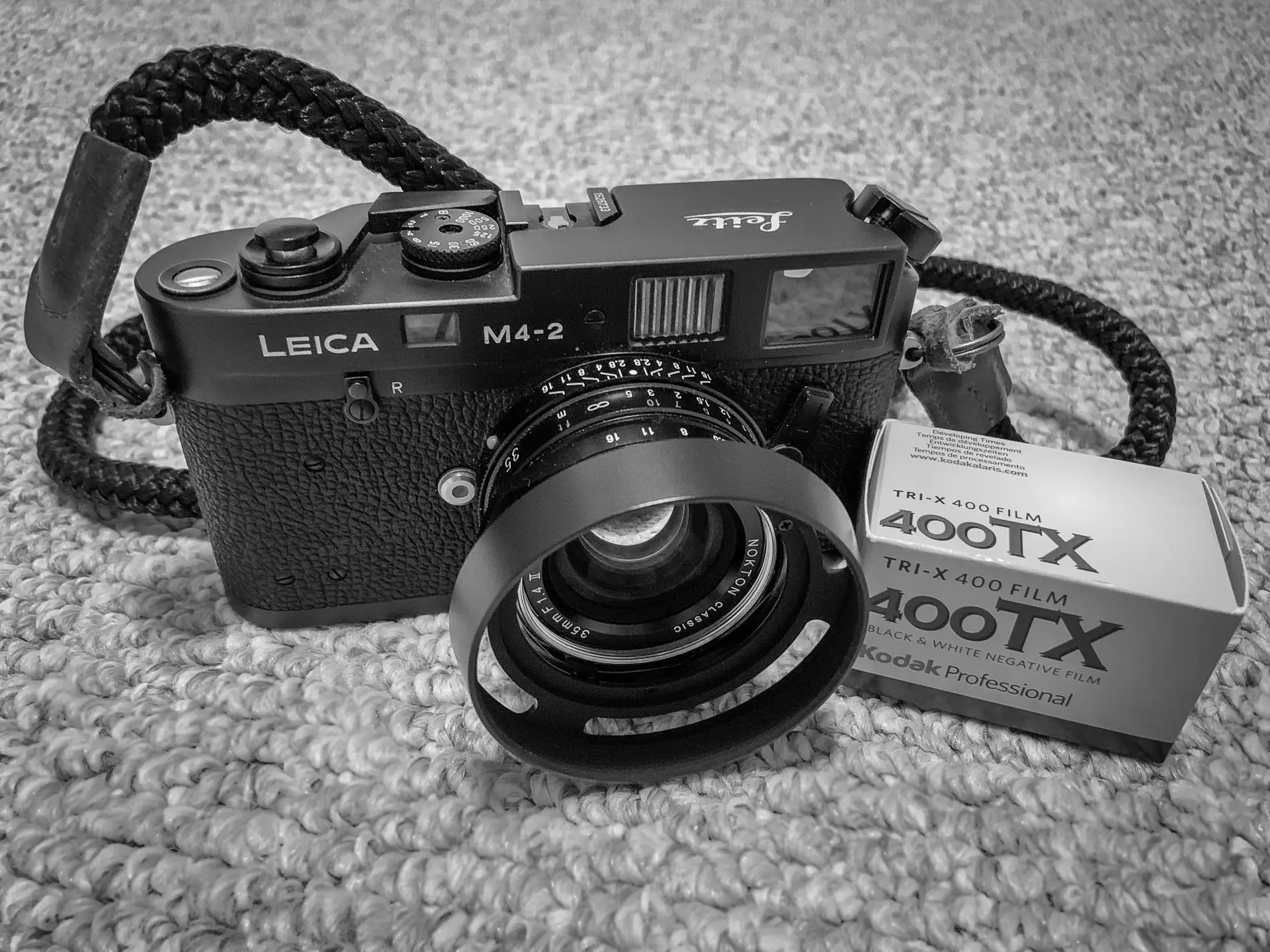
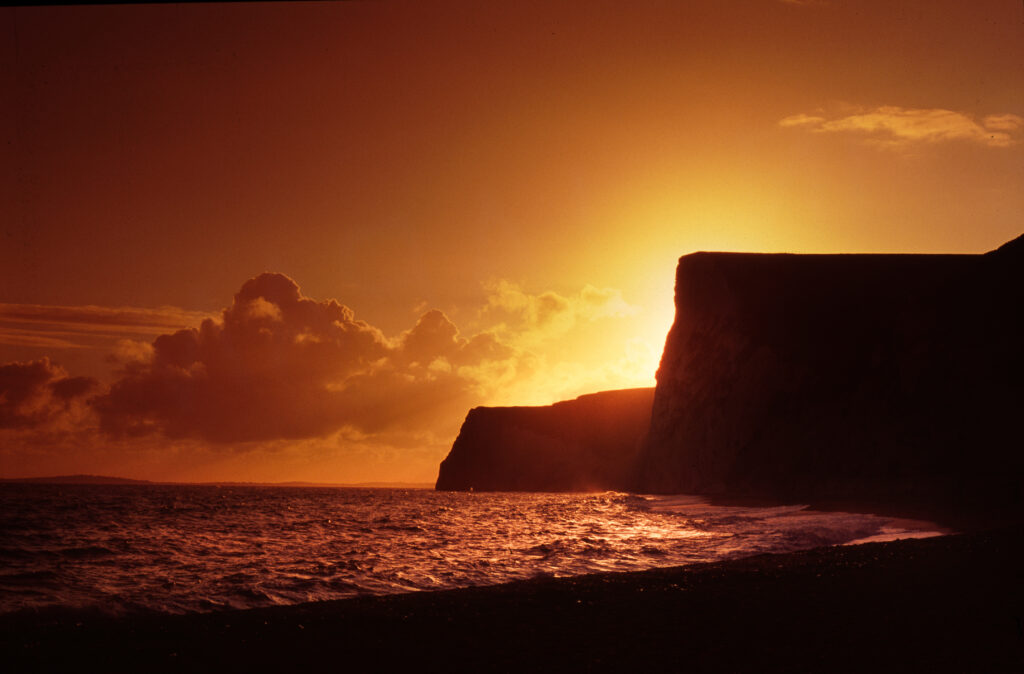
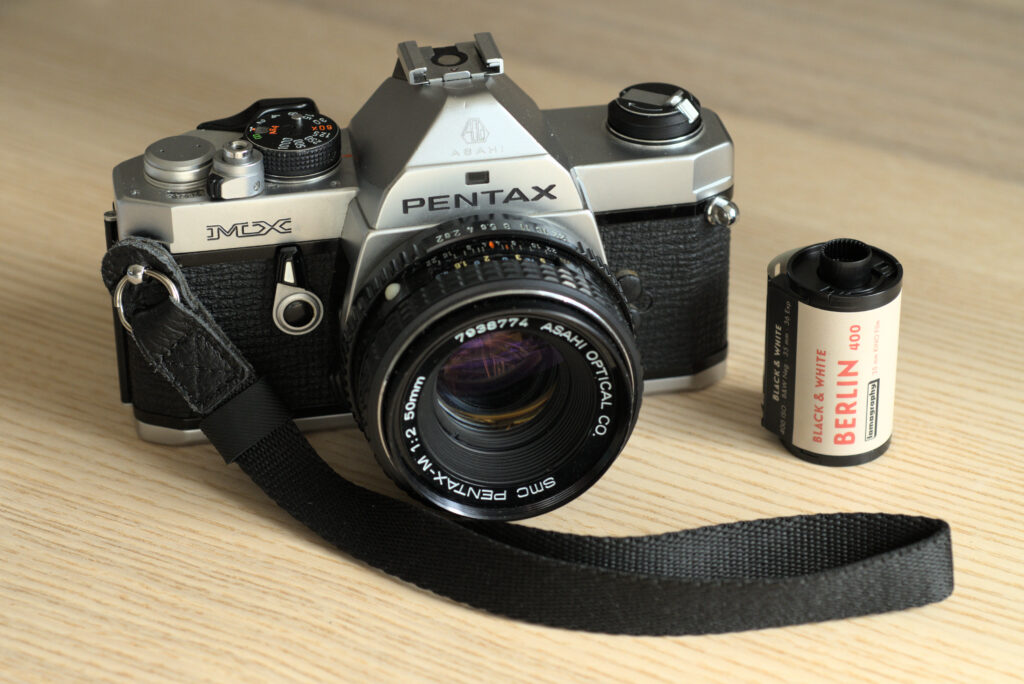
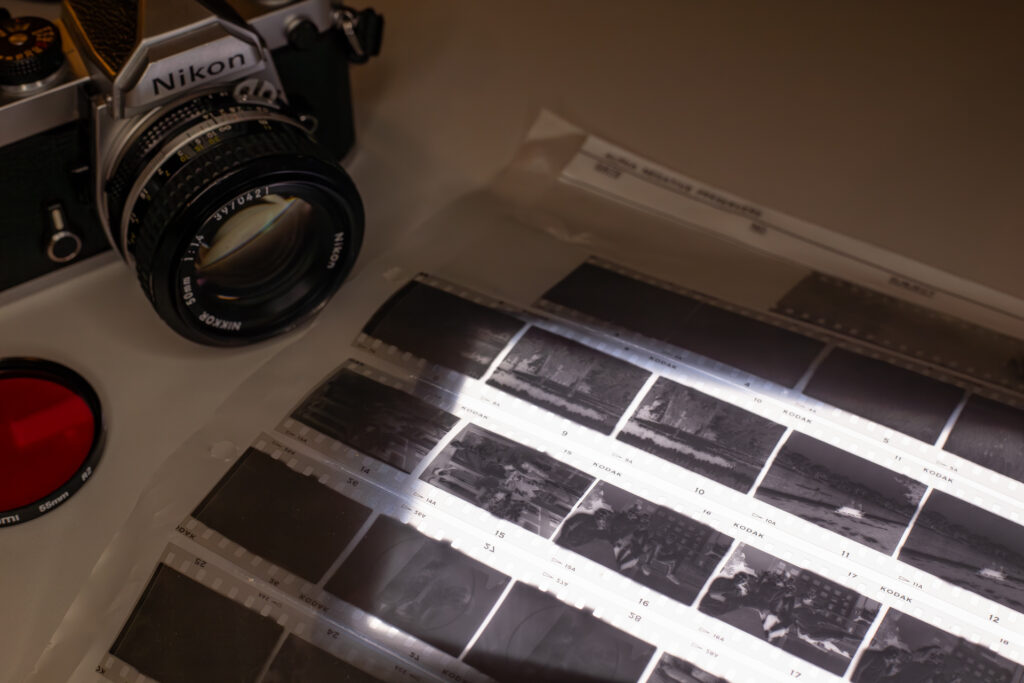
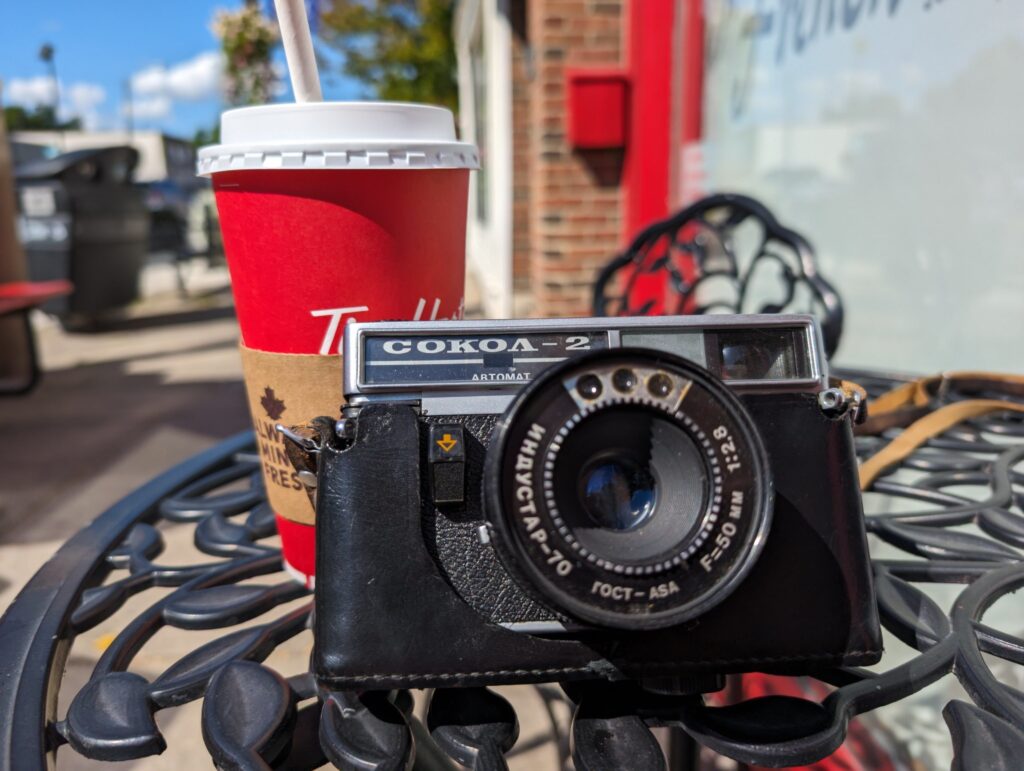




Comments
Michael Greene on 5 Frames in Bilbao with Leica M4-2, Voigtländer VM 35 mm f/1.4 Nokton Classic II MC, Kodak Tri-X pushed 2 stops (1600 ISO).
Comment posted: 30/08/2022
Comment posted: 30/08/2022
Dan Castelli on 5 Frames in Bilbao with Leica M4-2, Voigtländer VM 35 mm f/1.4 Nokton Classic II MC, Kodak Tri-X pushed 2 stops (1600 ISO).
Comment posted: 31/08/2022
We’re heading to London in about 4 weeks & I’m renting the 35mm f/1.4 Voigtlander to take along. I ‘m using a M4-P (another Leica that the purists tend to look down upon.)
What are your thoughts on the lens? I may buy it, but renting first costs less $$.
Comment posted: 31/08/2022
Lance on 5 Frames in Bilbao with Leica M4-2, Voigtländer VM 35 mm f/1.4 Nokton Classic II MC, Kodak Tri-X pushed 2 stops (1600 ISO).
Comment posted: 31/08/2022
Comment posted: 31/08/2022
Robert Kapp on 5 Frames in Bilbao with Leica M4-2, Voigtländer VM 35 mm f/1.4 Nokton Classic II MC, Kodak Tri-X pushed 2 stops (1600 ISO).
Comment posted: 02/09/2022
Love those shots! I adore those deep dark shadows. Did you edit the Photos in post? I think i need to try some pushed Tri-x 400. Thanks for that :D! Rob
Comment posted: 02/09/2022
Luis Arciniega on 5 Frames in Bilbao with Leica M4-2, Voigtländer VM 35 mm f/1.4 Nokton Classic II MC, Kodak Tri-X pushed 2 stops (1600 ISO).
Comment posted: 07/11/2023